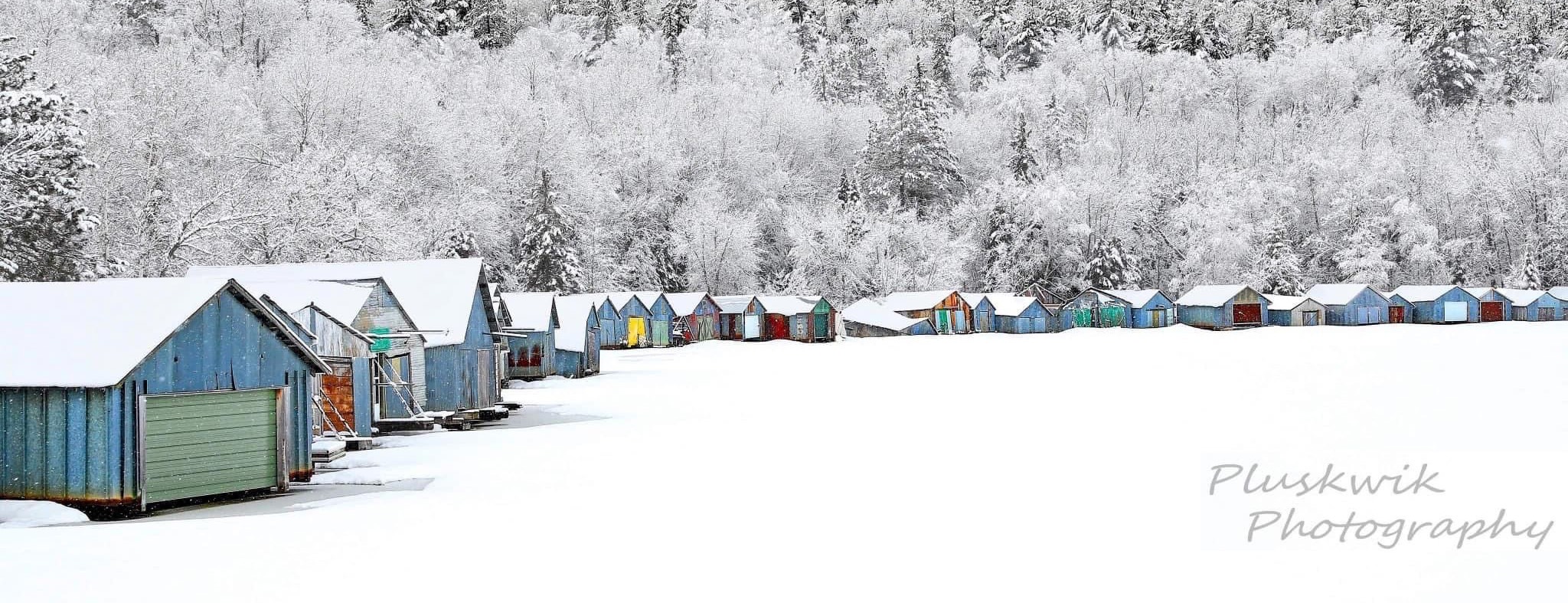Tower-Soudan-Lake Vermilion Area History
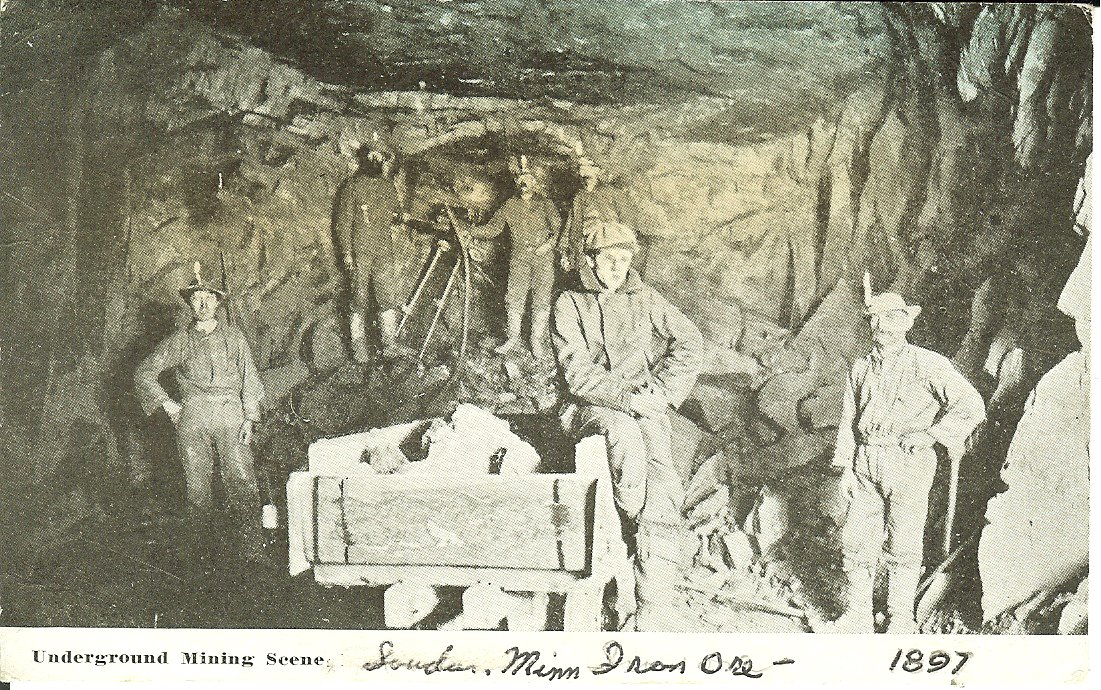
Soudan Mine Miners Memorial
The Soudan Mine Miners Memorial project honors the memories of the 143 men who lost their lives in or near the Soudan Underground Mine between 1884 and 1957. Until dedicated volunteers undertook this effort to document the details of their lives and deaths, many of these men’s names were unknown or forgotten. Now, for the…
Read more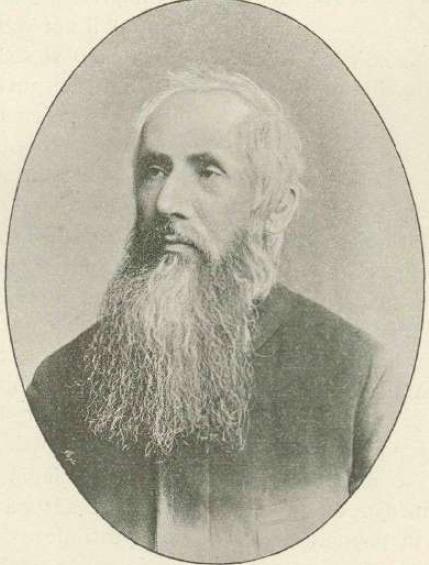
Monsignor Joseph Francis Buh
Monsignor Joseph Francis Buh was a Catholic priest who traveled Minnesota around the time of the early gold rush, ministering to many groups of people and setting up churches across the state. He was well known for his dealings with the Native American tribes of the northern half of the state and for his time…
Read more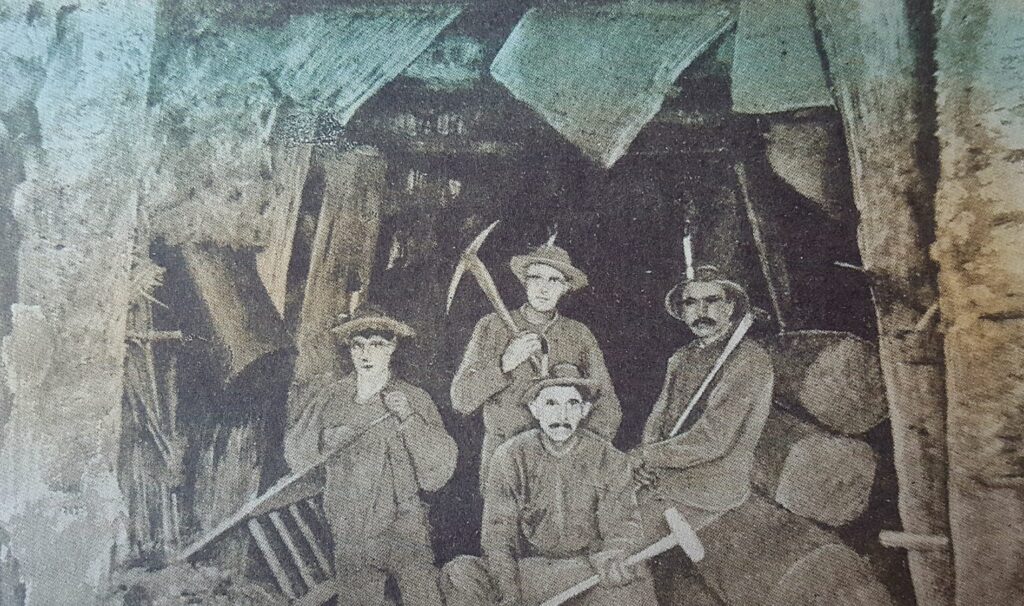
The LaRue Mine
The LaRue Mine was a small mining operation northeast of Lake Vermilion, located along the same ridge as the larger Soudan Mine and the Consolidated Vermilion & Extension mine. It ran from 1916 to 1924, in a few different incarnations; first known as the LaRue Mine and later changed to the Armstrong Bay Mine.
Read more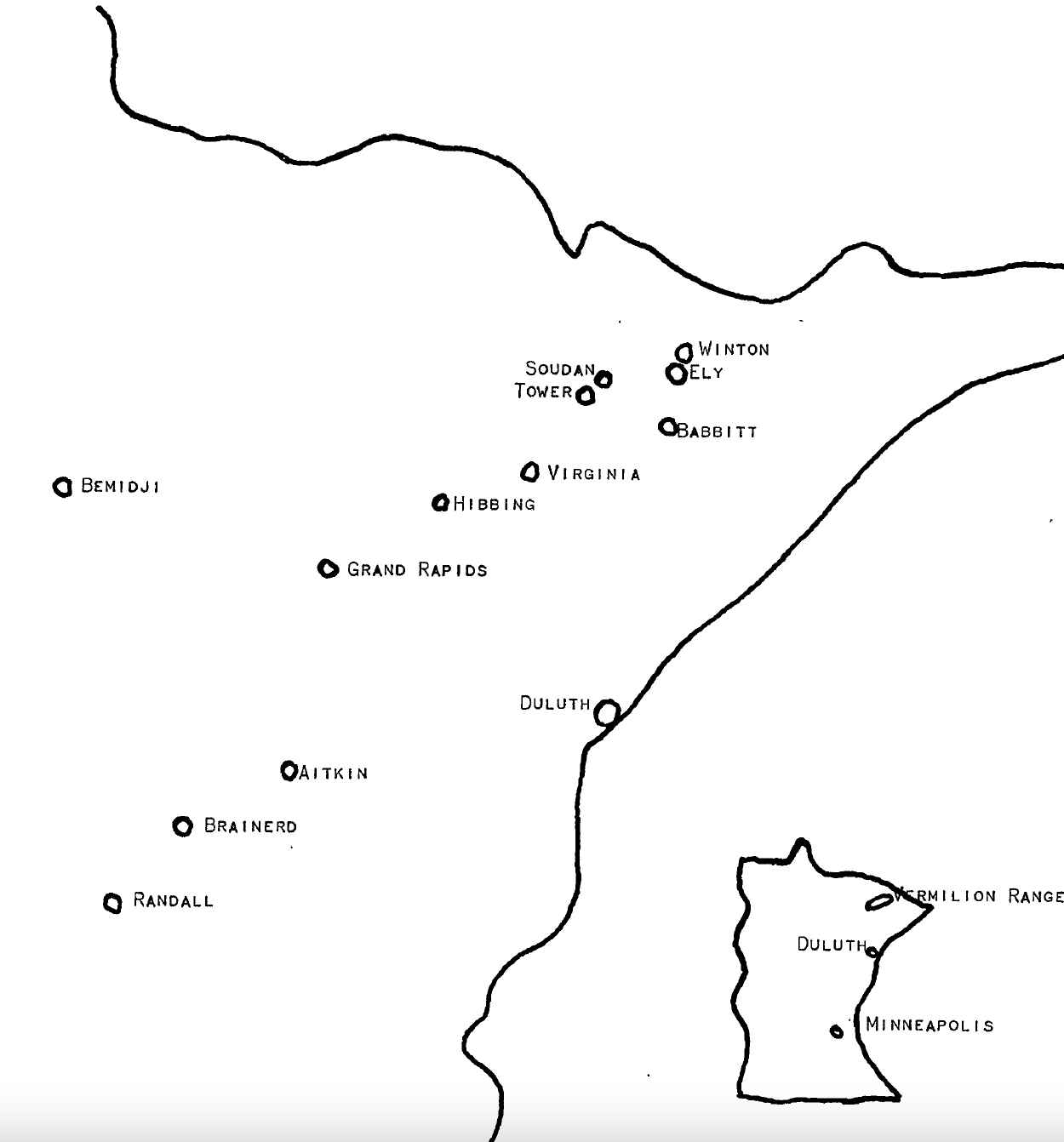
Life on the Vermilion Range before 1900
Much has been said and written about the westward movement in United States history, and much emphasis has been placed upon the hardships and tribulations of the hardy pioneer farmers and cattlemen who opened up the Great Plains area, generally considered to be America’s last frontier. The activities in this area itself have overshadowed the development during the same period of time of a small section of Minnesota known as the Iron Range.
Read moreHistory Talks on Main Street
One of the best events of the summer is crowding into a Main Street business or community space to hear about places, businesses, and tidbits of our local history. Our popular History Talks on Main Street series teaches us about the importance of history in our home towns—past to present.
Read morePersonal Life Stories – Video History
Oral history is the collection and study of historical information about individuals, families, important events, or everyday life through information obtained from planned interviews. These interviews are conducted with people who participated in or observed past events and whose memories and perceptions of these are to be preserved as a record for future generations.
Read more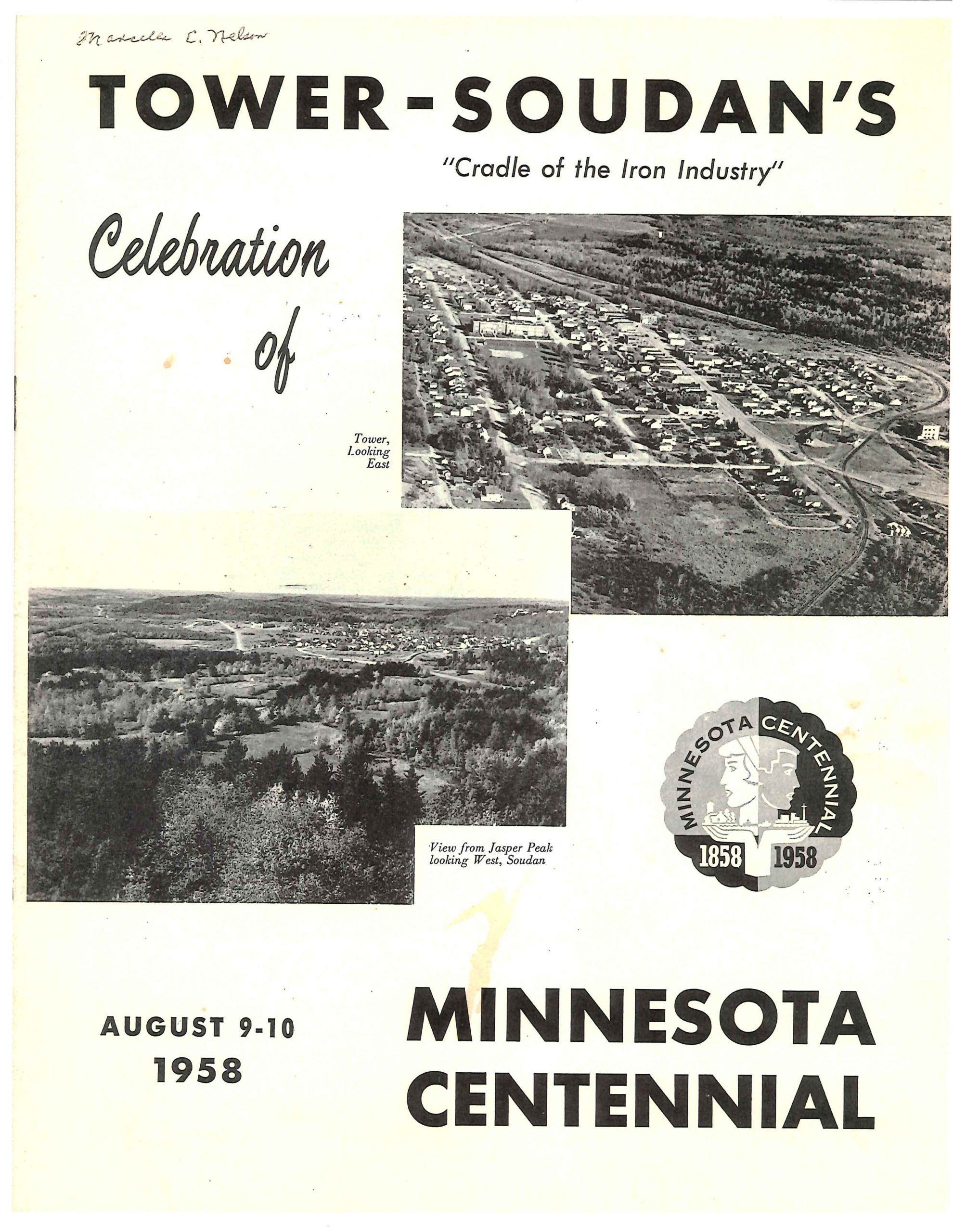
Centennial Booklet 1958
Tower, First City of the Ranges, in the vicinity of Jasper Peak and Lake Vermilion, close to the historic Soudan Mine, to which it primarily owes its existence, is the Minnesota Arrowhead’s older incorporated municipality north of Duluth. It is one of five towns named after Charlemagne Tower.
Read more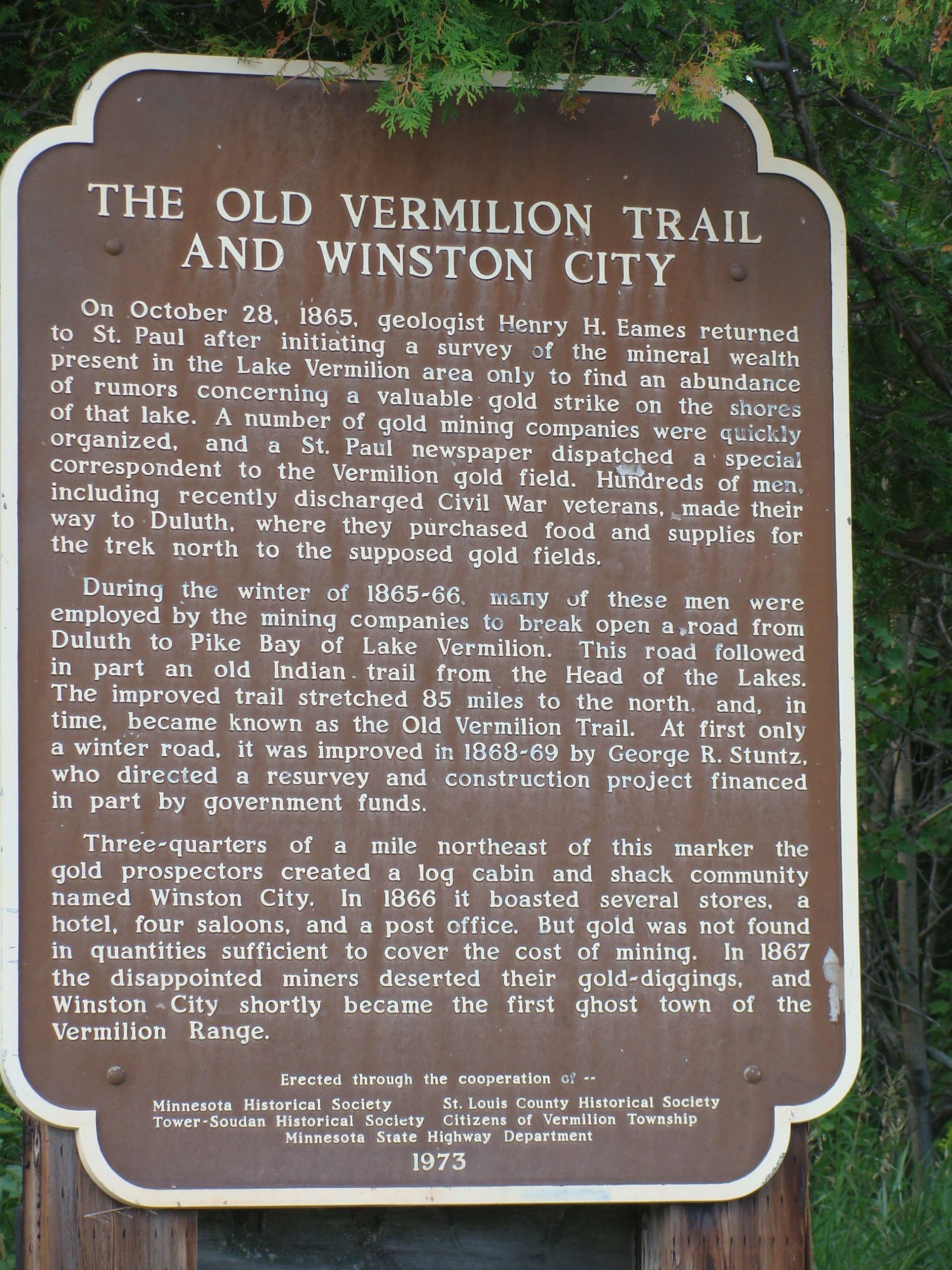
Winston City
Shortly after the Civil War military veterans and others wanting to strike it rich heard about the discovery of gold on Lake Vermilion. They all rushed to the area via the rugged Vermilion Trail that ran north out of Duluth. There is a marker to the west of what is now Tower, Minnesota that shows where hundreds of gold prospectors arrived to make their fortune in gold.
Read more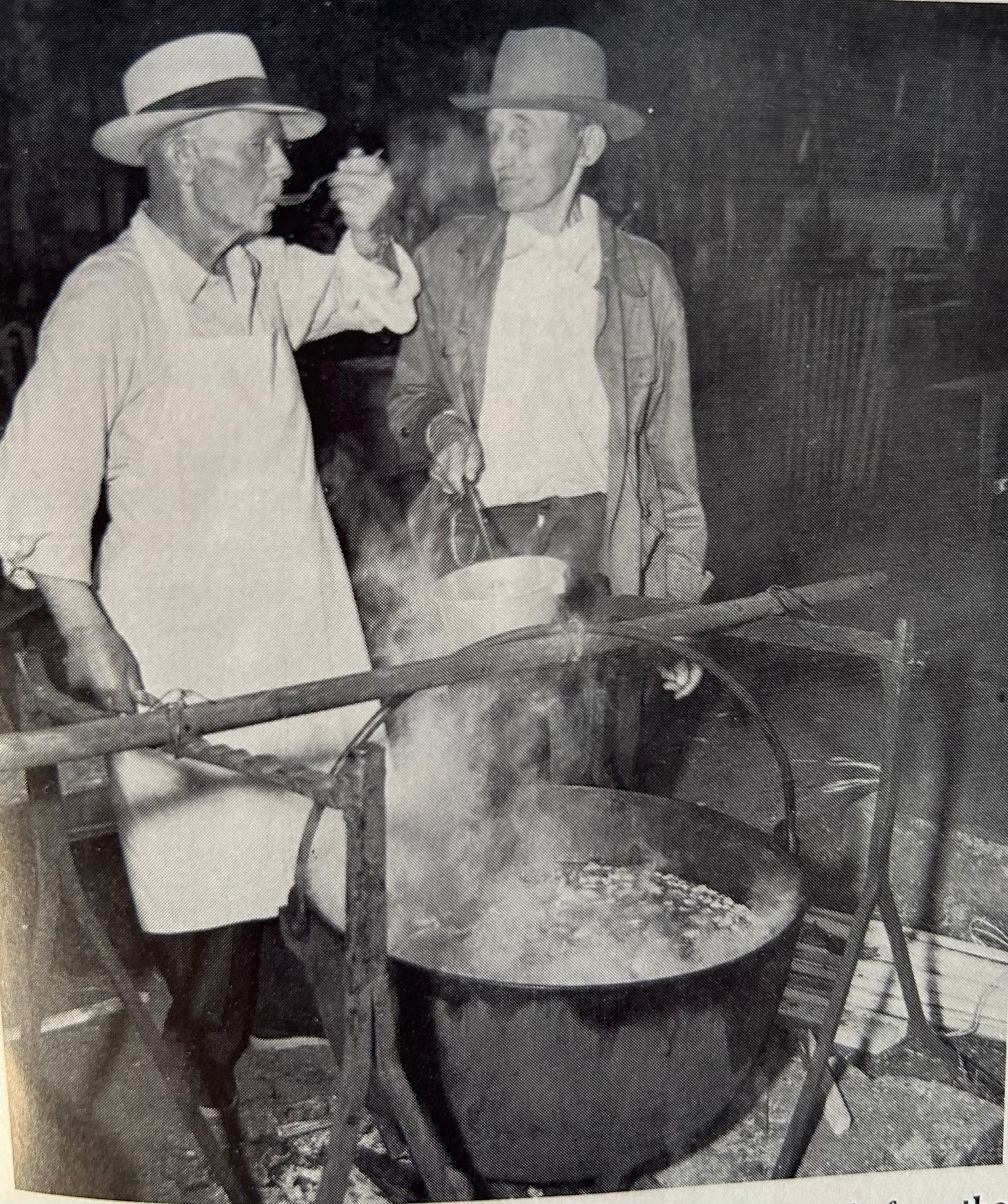
Vermilion Range Old Settlers Association and Picnic
The Vermilion Range Old Settlers Association was organized in 1914 to honor the old settlers who emigrated to the Vermilion Range to work in the mine. The association sponsors the annual Old Settlers Picnic, which is held at McKinley Park on Lake Vermilion on the third Saturday in July.
Read more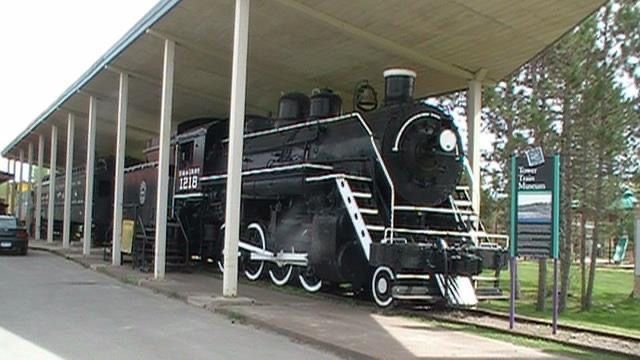
Locomotive Engine 1218
The Duluth, Missabe and Iron Range Railway was said to be the largest iron ore handling railroad in North America, with 212 miles of track. Its mission was to move ore from Minnesota’s Mesabi Range taconite plants to the DM&IR dock facilities at Duluth and Two Harbors, or to connecting railroads at Superior, Wisconsin. It took a large engine to do the work: Locomotive Engine 1218.
Read more